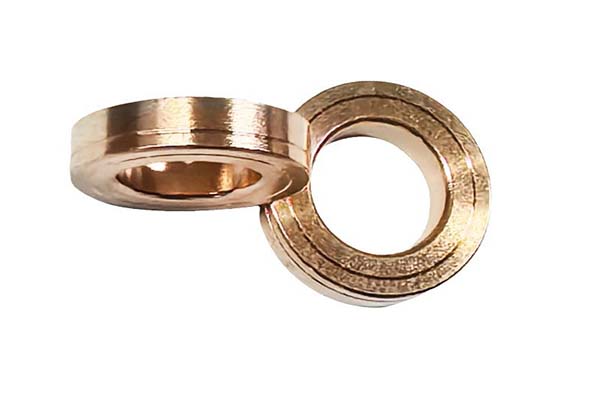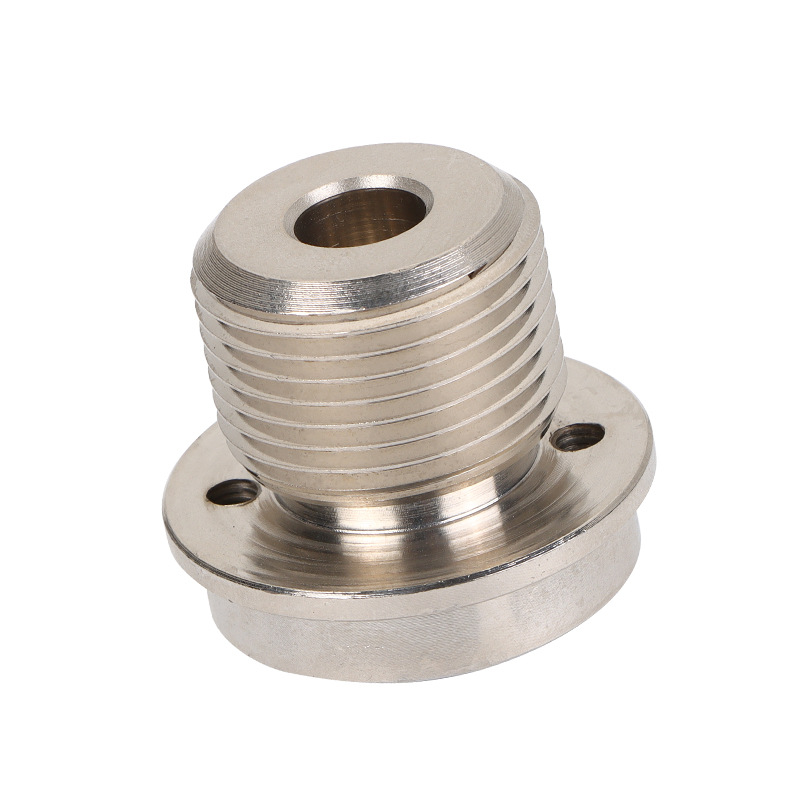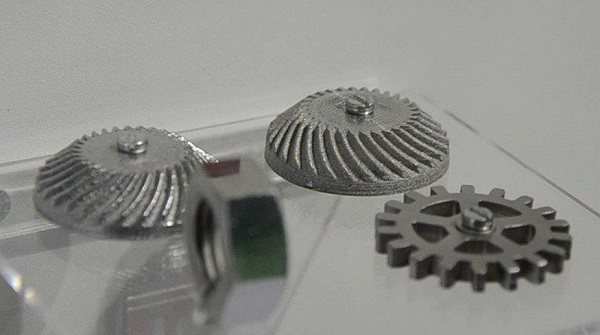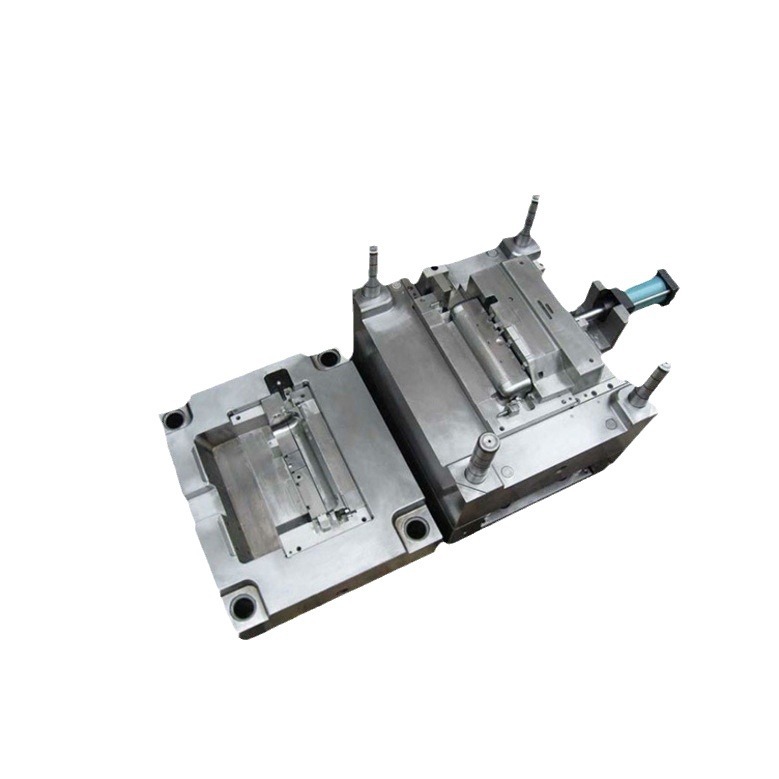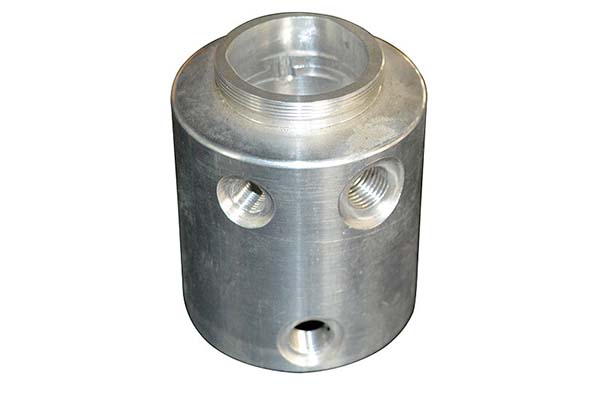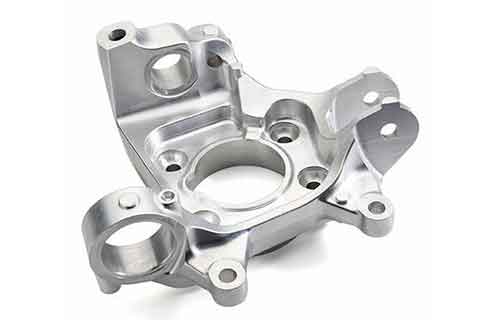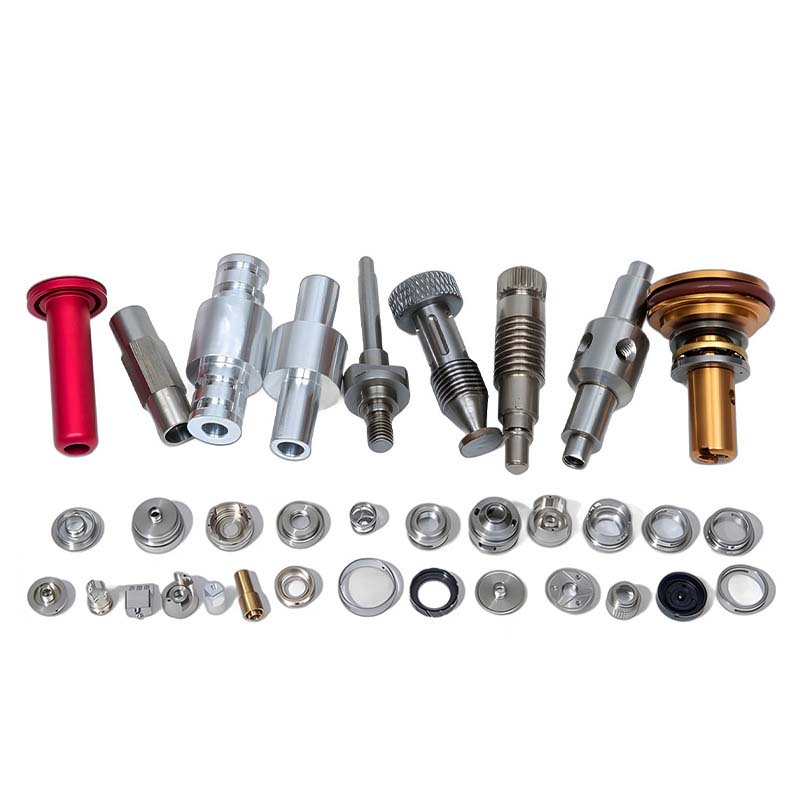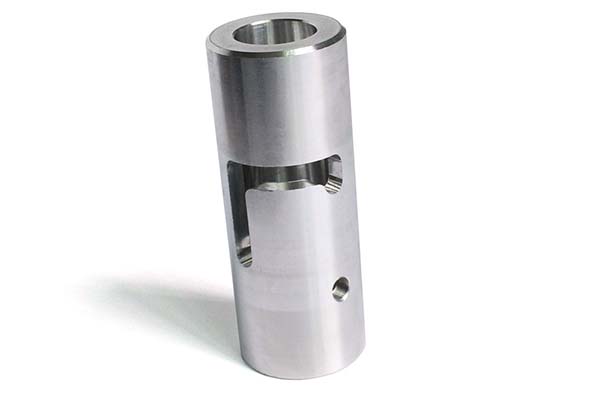Copper is a versatile metal widely used in various industries, but CNC machining it comes with unique challenges. Many manufacturers struggle with issues like poor chip control due to its soft and gummy properties, built-up edge formation that ruins surface finish, and difficulty maintaining precision with work-hardening grades. This guide will break down everything you need to know to master CNC machining of copper, from material grades to real-world applications.
Material Grades & Properties of Copper
Understanding the different copper grades is the first step to successful machining. Each grade has distinct properties that affect how it performs under the cutting tool.
C10100 OFHC (Oxygen-Free High Conductivity) copper is prized for its purity—99.99% copper—and exceptional conductivity. It boasts electrical conductivity of 100% IACS, making it ideal for high-performance electrical applications. However, its high purity also means it’s very soft, with a tendency to gum up tools during machining.
C11000 ETP (Electrolytic Tough Pitch) copper is the most commonly used grade. It contains a small amount of oxygen (0.02–0.04%), which slightly reduces its conductivity compared to OFHC but improves its strength. ETP copper balances electrical conductivity (around 98% IACS) with better formability, though it still retains the soft and gummy characteristics typical of copper.
C14500 tellurium copper stands out for its machinability. The addition of tellurium (0.4–0.7%) significantly improves its machining performance, earning it a high machinability rating compared to other copper grades. It maintains good conductivity (90% IACS) while reducing the gumming and work-hardening issues that plague pure copper.
A key distinction lies between oxygen-free vs electrolytic copper. Oxygen-free grades like C10100 are better for high-temperature applications or where hydrogen embrittlement is a concern, while ETP copper is more cost-effective for general use. All copper grades exhibit excellent thermal conductivity, a property that must be managed during machining to prevent heat buildup.
| Grade | Conductivity (IACS) | Machinability | Key Trait |
|---|---|---|---|
| C10100 | 100% | Low | Ultra-pure, soft |
| C11000 | 98% | Moderate | Versatile, cost-effective |
| C14500 | 90% | High | Tellurium-enhanced |
CNC Machining Parameters & Techniques for Copper
Cutting Speed and Feed Rate
Cutting speed varies by copper grade. For soft grades like C10100 OFHC, a range of 150–300 m/min is typical with carbide tools, while harder grades like C14500 can handle 200–400 m/min. Feed rate for OFHC is generally lower (0.05–0.2 mm/rev) to avoid excessive gumming, while C14500 can handle higher feeds (0.1–0.3 mm/rev).
Chip Control
Managing chip control for gummy metal is critical. Copper chips tend to form long, stringy curls that wrap around tools and workpieces, causing poor surface finish and tool damage. Using trochoidal milling—a technique that uses circular tool paths to reduce engagement time—helps break chips into smaller pieces. Additionally, flood coolant is more effective than mist for flushing away chips, though mist can be used in applications where flood coolant is impractical.
High-Speed Machining
High-speed machining of copper (speeds above 400 m/min) is possible with C14500 and other alloyed grades, but it requires rigid machines and balanced tooling to avoid vibration. This technique reduces tool contact time, minimizing heat buildup and built-up edge formation.
Built-Up Edge Prevention
To prevent built-up edge, keep tools sharp and use polished or diamond-coated inserts that resist adhesion. Adjusting cutting parameters—such as increasing speed or reducing feed—can also help, as can using coolant with lubricating additives to reduce friction.
Tooling & Edge Geometry for Copper Machining
Tool Materials and Coatings
Diamond-coated inserts and PCD (Polycrystalline Diamond) tooling for copper are ideal for achieving high surface finishes and long tool life. Diamond’s extreme hardness and low friction prevent gumming, making it perfect for soft grades like C10100.
Polished carbide copper tools are a more economical alternative. Their smooth surfaces reduce chip adhesion, while micro-grain carbide offers better wear resistance than standard carbide. For high-speed applications, carbide with TiAlN coatings can extend tool life by resisting heat and abrasion.
Edge Geometry
A high-positive rake angle (10–20 degrees) is essential for cutting copper. This geometry reduces cutting forces, minimizes work hardening, and promotes smooth chip flow. Single-flute endmills are preferred for slotting and contouring, as they provide better chip evacuation than multi-flute tools in gummy materials.
Toolholder Balance
At high RPMs, toolholder balance becomes critical. A runout of < 0.002" ensures uniform cutting forces, preventing vibration that can mar surface finish and reduce tool life. Balanced toolholders are especially important for high-speed machining and micro-machining applications.
Surface Finish & Post-Processing for Copper
Achieving Precision Finishes
Ra 0.1 µm turning copper is achievable with sharp PCD tools, slow feed rates (0.02–0.05 mm/rev), and high cutting speeds. Mirror polish OFHC copper requires multiple passes: roughing to remove material, semi-finishing with a carbide tool, and final finishing with a diamond tool. The softness of OFHC makes it prone to scratches, so clean machining environments and non-abrasive coolants are essential.
Deburring and Cleaning
Deburring gummy burrs is a challenge with copper. Traditional methods like hand filing often leave uneven edges, so ultrasonic deburring or tumbling with ceramic media is more effective. Ultrasonic cleaning copper parts removes coolant residues and particles without damaging the surface, ensuring clean electrical contacts or mating surfaces.
Tarnish Prevention and Oxide Removal
Copper oxidizes quickly, forming a dull patina. Tarnish prevention methods include applying a clear lacquer or using passivation treatments. For oxide removal, a citric acid solution (5–10% concentration) gently dissolves oxides without etching the base metal, restoring the metal’s natural luster.
Superfinishing for Critical Applications
Superfinish electrical contacts require Ra values below 0.05 µm. This is achieved through honing with diamond pastes or electrochemical polishing, which removes surface irregularities that could impede current flow.
Applications & Industry Examples of CNC Machined Copper
Electrical and Power Systems
Copper busbars CNC machined from C11000 or C10100 are used in power distribution systems. Their large cross-sections require precise machining to ensure tight connections, while their high conductivity minimizes energy loss. Electrical connectors C110 (ETP copper) are machined with tight tolerances to ensure reliable mating and low resistance.
Thermal Management
Heat sinks OFHC leverage copper’s exceptional thermal conductivity to dissipate heat from electronics. CNC machining creates intricate fin patterns that maximize surface area, with Ra values < 0.8 µm to enhance heat transfer. Power semiconductor bases machined from C11000 provide a stable, thermally conductive platform for semiconductors in power electronics.
RF and Telecommunications
RF waveguides—used in radar and communication systems—are often machined from C10100 or C11000. Their internal surfaces require Ra < 0.2 µm to minimize signal loss, making PCD tooling and high-precision turning essential. Grounding lugs machined from C11000 ensure low-resistance connections in electrical grounding systems.
Artistic and Custom Applications
A notable artistic copper sculptures case study showcases CNC machining’s versatility. An artist used C11000 copper to create a complex, curved sculpture, leveraging 5-axis machining to achieve organic shapes that would be impossible with traditional methods. Post-processing included hand-polishing and a clear coat to preserve the metal’s warm tone.
Yigu Technology, as a parts custom manufacturing supplier, excels in CNC machining copper grades. We optimize parameters for each grade—using PCD tooling for C10100 and high-speed techniques for C14500—to deliver precision parts. Our expertise in surface finishing ensures Ra 0.1 µm finishes for electrical components and thermal management parts, meeting the strictest industry standards.
FAQ
- What’s the best coolant for machining copper?
Flood coolants with high lubricity (like soluble oils) work best for chip control in gummy grades. For high-speed machining, synthetic coolants with low mineral content prevent residue buildup. - How do I prevent work hardening in copper?
Use sharp tools with high-positive rake angles, keep cutting speeds high, and avoid excessive dwell times. For C10100, limit depth of cut to 0.5–1 mm per pass to reduce strain hardening. - Is tellurium copper suitable for electrical contacts?
Yes. C14500’s conductivity (90% IACS) is sufficient for most contacts, while its machinability reduces production costs compared to OFHC.
